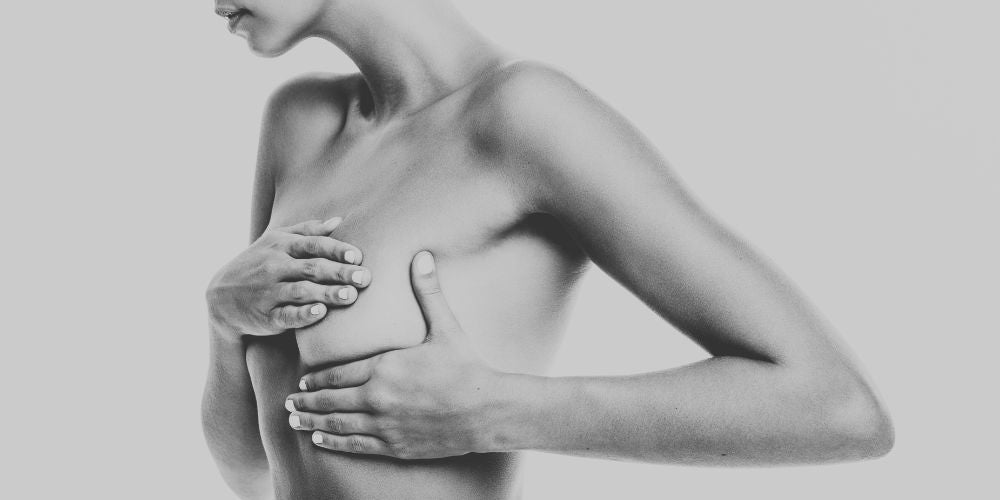Early Signs of Breast Cancer
Routine mammograms play an essential role in any practical health and wellness plan because this simple exam can often detect breast cancer early before symptoms even arise. In fact, that is the goal of this screening test - to identify breast cancer as early as possible, so it can be treated successfully before it has the opportunity to spread.
But for people under the age of 40, most health insurances won’t pay for a mammogram unless they are examined by their doctors and are showing the early signs of breast cancer or are considered to be at high risk. In this post, you will learn more about the early signs of breast cancer and what your screening recommendations are based on your risk level.
What Are The Common Early Symptoms of Breast Cancer?
Breast cancer can present itself in a variety of ways, so where one individual may experience multiple symptoms, others may only experience one, and others still may experience no symptoms at all. But, by and large, the most common early symptoms signs of breast cancer tend to include:
It is important to note that just because you may experience one or more of these symptoms, it does not automatically mean that you have breast cancer, as there are many other benign conditions that can present symptoms similar to these. But since breast cancer is a possibility, it is essential to see your doctor as soon as possible to help ensure you can get the screening test you need to confirm or rule out a diagnosis.
Why Does Early Breast Cancer Detection Matter?
Breast cancer affects one in every eight women in the United States, and it is the second most common cancer diagnosed in women. In fact, according to the American Cancer Society, a woman is considered to be at average risk of breast cancer even if she doesn’t have a personal history of breast cancer, a strong family history of breast cancer, or a genetic mutation known to increase risk of breast cancer (such as in a BRCA gene), and has not had chest radiation therapy before the age of 30.
In most cases, when breast cancer reaches the point where it is causing physical symptoms, the mass is usually larger and more advanced, and this can make it more challenging to treat because the treatment options become more limited. But when the cancer can be detected early on and before it has a chance to cause physical symptoms, then there are more treatable options available and a higher chance that the cancer can be successfully treated.
The difference is quite telling – when breast cancer is detected at an early stage (when the cancer is small and still confined to the breast), patients have a 93 percent or higher survival rate in the first five years. This is because the size of the breast cancer tumor and how far the cancer has spread are the two most important factors in predicting the prognosis of the patient.
Breast Cancer Screening Recommendations For Average Risk Individuals
For women who fall under the American Cancer Society’s definition of “average risk,” those aged between 40 and 44 have the option to start screening for breast cancer with a mammogram once per year.
It is recommended for women aged between 45 and 54 to have a routine mammogram performed every year. Once a woman reaches 55 years of age, she can choose to have a mammogram performed every other year, or she can continue her yearly mammogram schedule. Afterward, breast cancer screening should continue as long as the individual is in good health and is expected to live at least 10 more years.

Breast Cancer Screening Recommendations For High Risk Individuals
Women who the American Cancer Society classifies as “high risk” for breast cancer are those who:
For these individuals, routine breast cancer screening, along with a breast MRI, is recommended to start at 30 years of age and continue for as long as they are in good health.
An MRI should be used in addition to, not instead of, a screening mammogram because an MRI is more likely to find cancer than a mammogram, but it may still miss some cancers that a mammogram is more suited to find.
It is important to note that these are recommendations and that any type of screening is a decision that should be made between a patient and their health care providers, with their personal circumstances and preferences taken into account.










